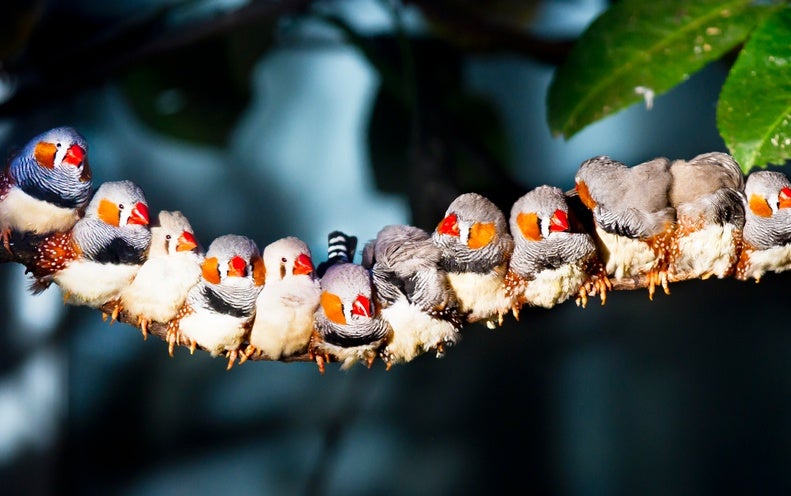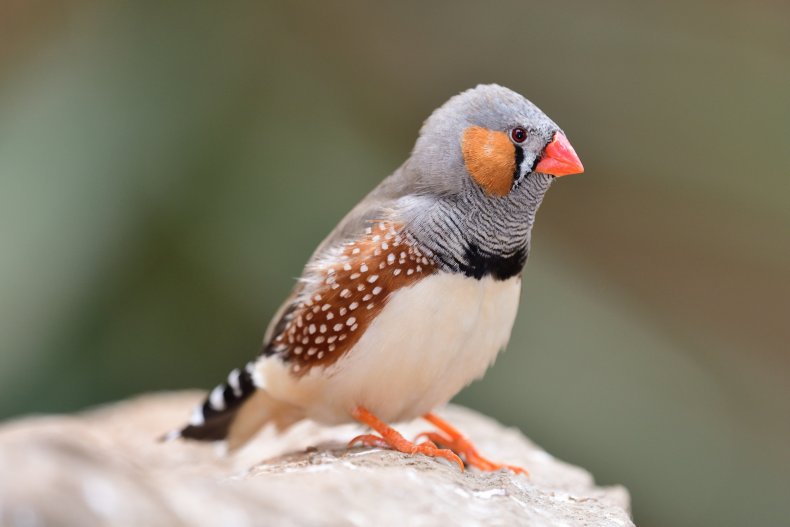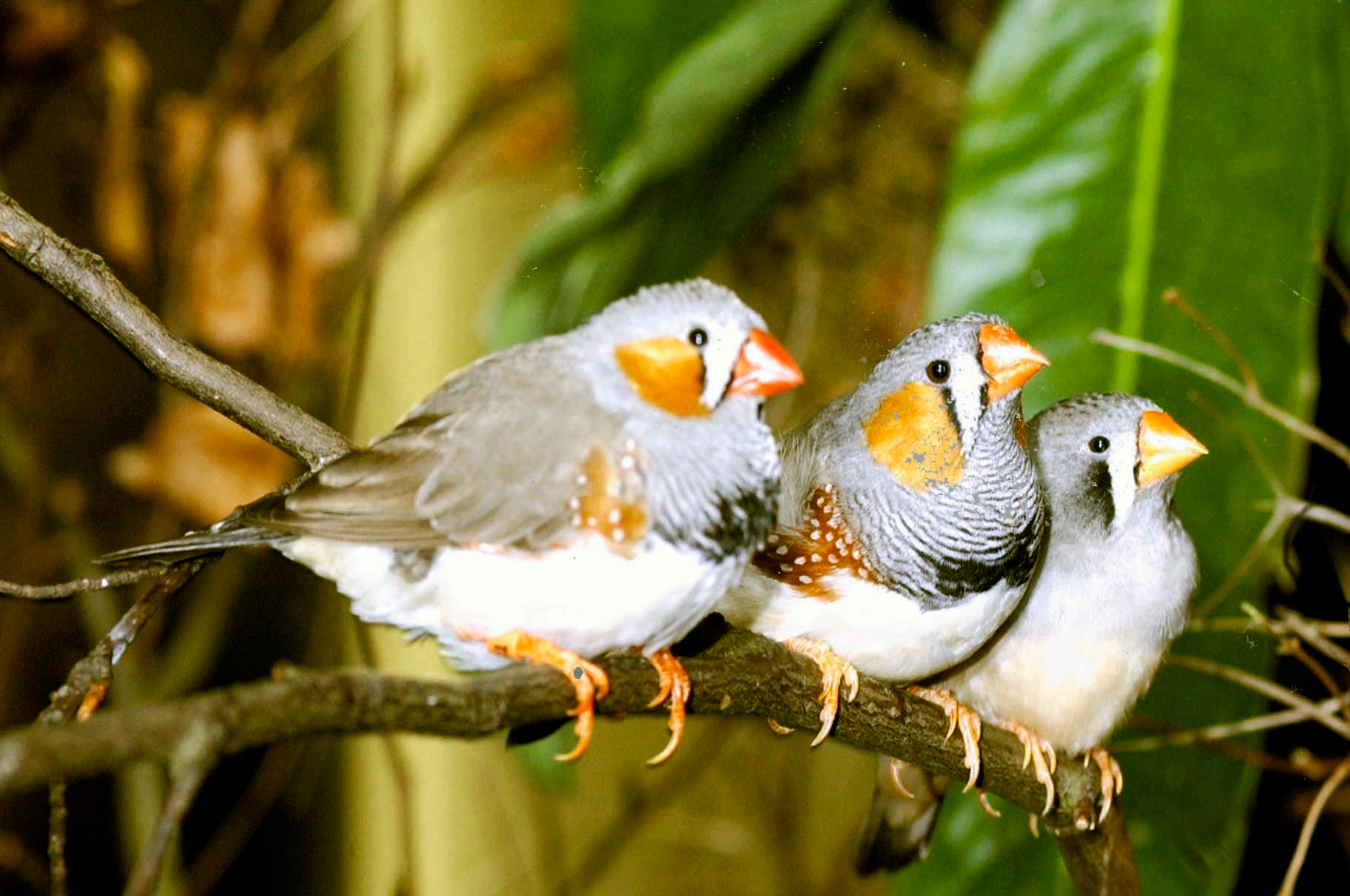
The world of scientific exploration has once again pushed the boundaries of understanding, this time with a remarkable achievement involving zebra finches. Traditionally, these avian creatures learn to sing from their fathers, drawing inspiration from their melodic tunes. However, a team of ingenious scientists has managed to instill unfamiliar songs into these birds’ minds, creating fabricated memories within their brains.
This extraordinary experiment was designed to uncover the intricate neural pathways responsible for encoding note duration in zebra finches. Beyond the immediate curiosity, the ultimate goal of this research is to draw parallels between avian song learning and human language acquisition. The insights garnered from this study could pave the way for targeted interventions in individuals with conditions such as autism, where language and vocalization abilities may be impaired.

“This is a groundbreaking achievement as it marks the identification of brain regions that encode behavioral-goal memories – the memories that guide us in imitating anything from speech to mastering a musical instrument,” explained Todd Roberts, a neuroscientist at the University of Texas Southwestern O’Donnell Brain Institute. “These findings not only enabled us to implant such memories into the birds but also to steer their learning process.”
Zebra finches, beloved for their sociable nature, originate from Central America and have captivated both researchers and pet owners alike. In a manner akin to how human infants learn language by mimicking what they hear, zebra finches emulate their fathers’ songs as a key component of their learning process. The recent research has illuminated the mechanisms underlying this fascinating phenomenon.


Utilizing optogenetics, a revolutionary technique that allows for the modification of neurons using light, scientists altered the finches’ neurons without exposing them to actual singing. By controlling the behavior of photosensitive proteins within the neurons through light, researchers effectively manipulated brain activity. Specifically, they targeted a sensorimotor area called Nif, which relays information to a specialized songbird brain region known as the HVC, responsible for learning and reproducing bird songs.
Through rhythmic light pulses, the researchers encoded “memories” in the finches’ brains. These memories prompted the birds’ notes to match the duration of the light pulses. Essentially, the finches were guided to remember specific note durations, even in the absence of an actual father figure.
However, note duration alone isn’t sufficient to teach a finch an entire song; other elements such as pitch must also be learned. Roberts clarified, “We’re imparting to the bird just the duration of syllables in its song, not the complete melody. The brain regions we’ve studied here constitute just one piece of the puzzle.”

While the possibility of teaching a finch an entire melody without external guidance still lies on the horizon, Roberts cautioned that there is still much work to be done before achieving this ambitious goal.
This foundational avian research has broader implications for unraveling the neural circuits underpinning language learning. The vital link between the HVC and Nif regions in birds, as revealed by this study, is pivotal for song learning. If communication between these regions is disrupted after the bird has learned a melody, it can still sing the song. However, if this connection is severed before the bird has a chance to form memories of the song, the finch cannot learn the song, regardless of how many times it hears it afterward.
While acknowledging the complexity of the human brain’s speech and language pathways, Roberts emphasized that this research provides valuable clues for investigating neurodevelopmental disorders. As the scientific community delves deeper into these findings, the potential for unlocking the mysteries of language acquisition and related disorders becomes increasingly promising.



